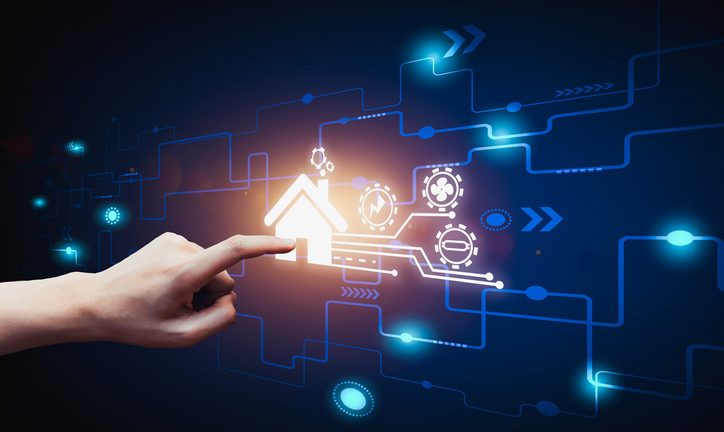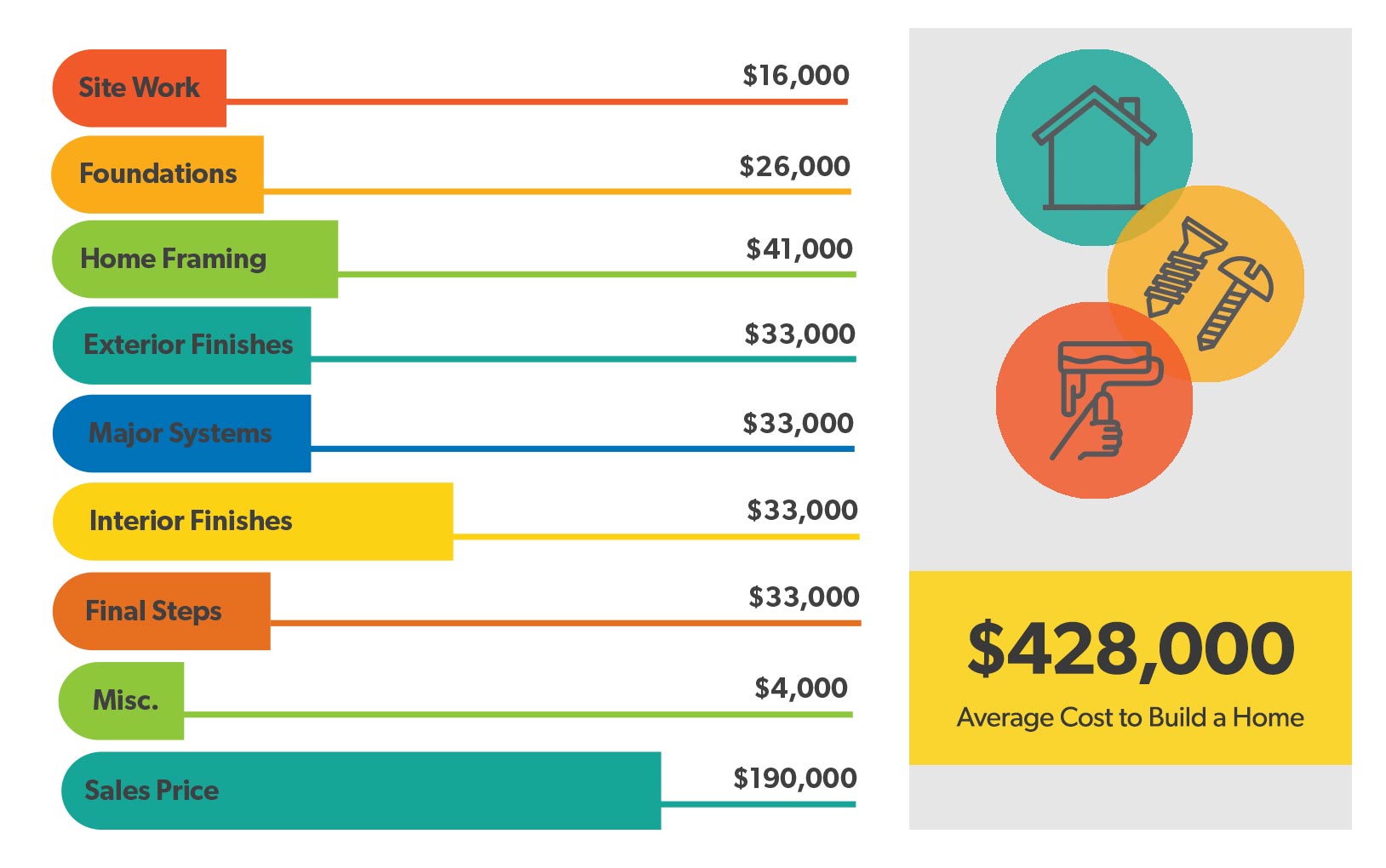There are certain things a buyer looks for when they’re in the market for a new home. Lately, one feature that has been getting serious attention is home automation. Many know it by its more popular moniker, “the smart home.” No matter what you call it, home automation is a trend that keeps on growing in popularity. So much that, in fact, 81% of buyers have said they’re more likely to buy a house with top smart home trends or products already installed.
It’s safe to say that smart homes aren’t a futuristic dream anymore. They’re already here, and they are getting “smarter” by the day.
Want to know what the world’s leading smart home trends are right now? Then continue reading this article.
Table of Contents
Deep Personalization
Technology might be cold and calculating, but people’s needs are at the heart of it. Smart home technology needs to be even more people-centric. As technology becomes entrenched in people’s lives, it starts to take on more human-like qualities. This idea has already started gaining traction with features like voice assistants and machine learning. AI capabilities will keep improving on that “humanizing” aspect. It may reach a point where tech devices will seem to be sentient themselves.
Of course, you can only speculate whether the realm of AI ever reaches that point. But the goal to create a sense of personalization for the user remains. People want smart devices that are easy to integrate into their lives. Part of that means finding appliances that can function on their own with little input from the user. And that would still provide a service that caters to specific needs.
Privacy
With all the advancements in technology over the last few years, the concept of privacy is often swept under the table. Many of these innovations present major privacy concerns as our digital footprint continues to grow.
It’s not a matter of if but when smart home systems will be compromised. The consequences from these data breaches are massive — even more so than hacked social media accounts or even lost social security numbers. Privacy and security won’t see the same spotlight as exciting new tech products. But it’s something manufacturers, consumers, and watchdogs need to address in more detail.
Network and other forms of encryption do create a base layer of security. That’s why many smart homeowners opt-in for VPN and similar cybersecurity services. But consumers also need to choose companies that design smart home products with privacy in mind. When selecting products, look for recommendations from cybersecurity and IT experts.
Consumers must also update their WiFi networks. WiFi 6 is nowhere and the best way to power large smart home networks. WiFi 6 is not just about speed and connectivity—though it is three times faster than WiFi 5 and can connect many more devices. But it’s also a significant security improvement.
WiFi 6 uses the new WPA3 security protocol. WPA3 makes it more difficult for hackers to crack passwords by brute force guessing them. It also has moderate encryption to make data less useful to hackers who still manage to get their hands on it. Overall, WiFi 6 must form the backbone of any smart home.
Cost / Energy Saving
Saving on energy, and thus, costs as well are some of the main reasons that make smart technology so attractive for homeowners.
Take smart thermostats, for example. You can control Google’s Nest thermostat when you’re away, it adapts to the household’s habits, and saves energy whenever possible. Smart lighting solutions help save energy by dimming lights or turning them off when no one’s around. Fell asleep in front of the TV? No worries, the lights will adjust accordingly. Then there are also appliances like LG’s Energy Star refrigerator range. It saves energy by analyzing its internal temperature and changing it as needed.
But one of the biggest current home trends is solar power. And it integrates smart technology too. There is Tesla’s Powerwall, for instance, which can save homeowners a lot of frustration and money. It detects grid outages and turns on to keep everything up and running through stored solar power. What’s more impressive, though, it also learns patterns in a household’s energy usage. That saves a lot of money during times when utility prices are high.
Health and Wellness
Spiritual and physical wellbeing are hot topics in smart technology circles. After all, millennials are more health-conscious than ever. Many tech companies see a chance to capitalize on that. It started by integrating wellness-oriented features into their devices. From nutrition tracking apps to wearables like fitness trackers to machines that monitor your sleep. Technology is here to help you develop healthy habits. That’s why the focus also shifted to smart homes.
There’s a myriad of new health-focused smart home devices streaming into the market. Tech companies create everything from advancements in assisted living that track and understand people’s needs and behavior to lights that help with sleep. Buyers, who appreciate the technological help strive to be healthier are starting to look for these features built-in to prospective homes.
Conclusion
There’s more to smart homes than smart devices. They need to take into account your lifestyle and personal needs. That’s why personalization, cost/energy saving, and focus on wellness and privacy becomes the priority of smart home creators.





